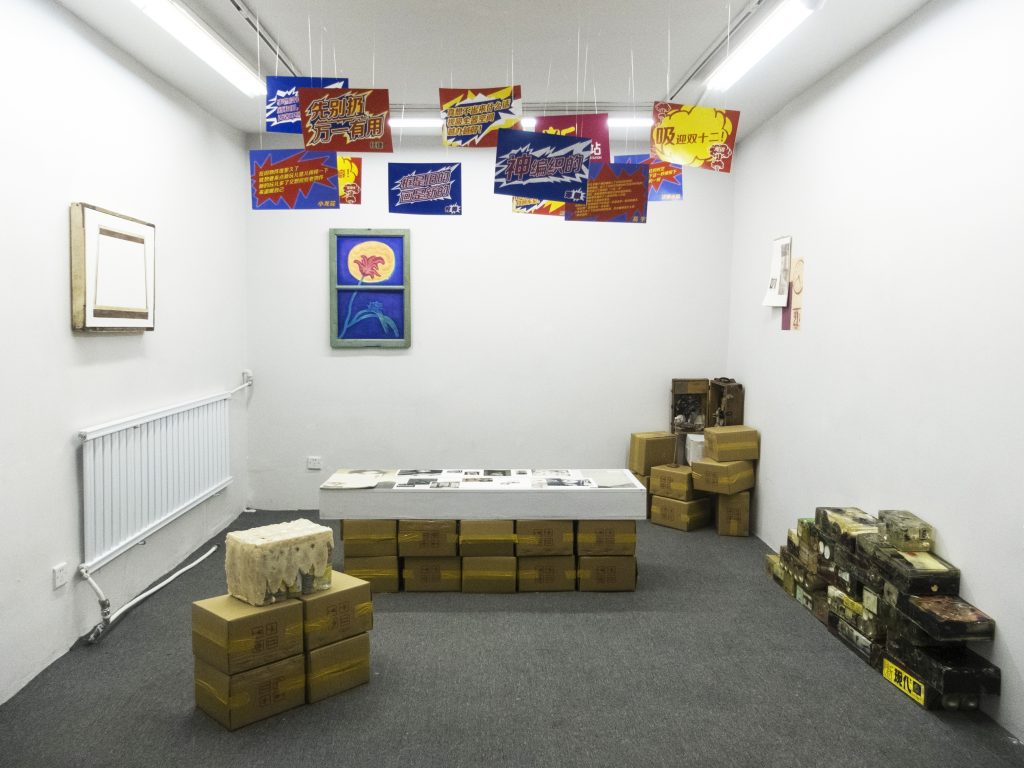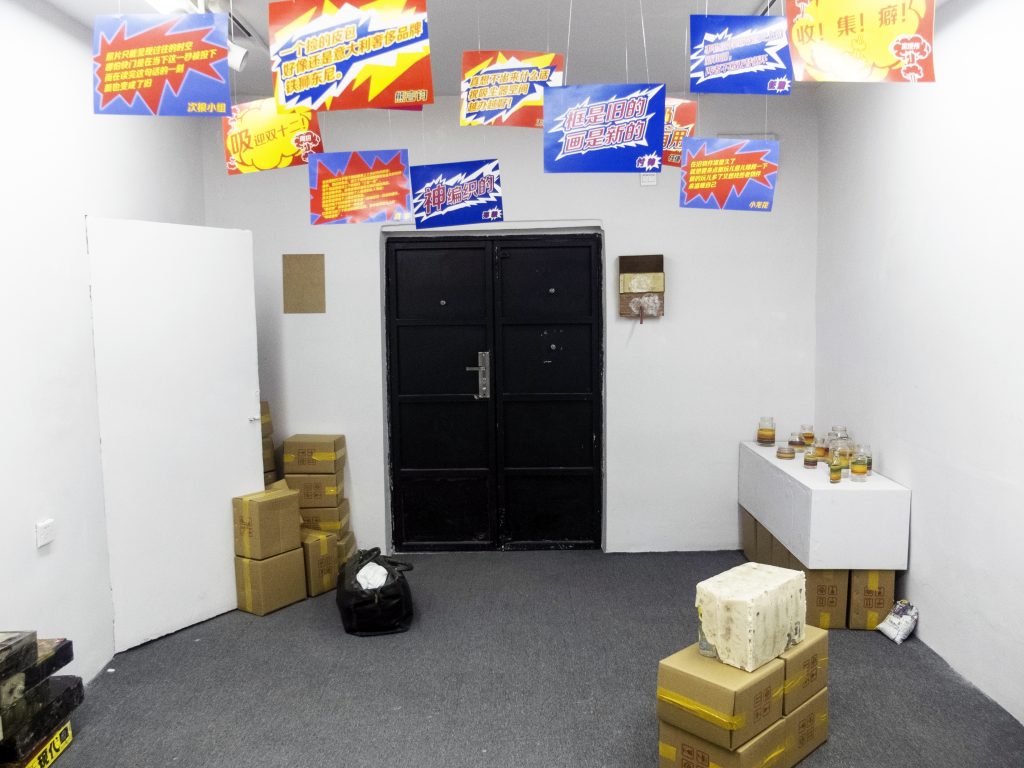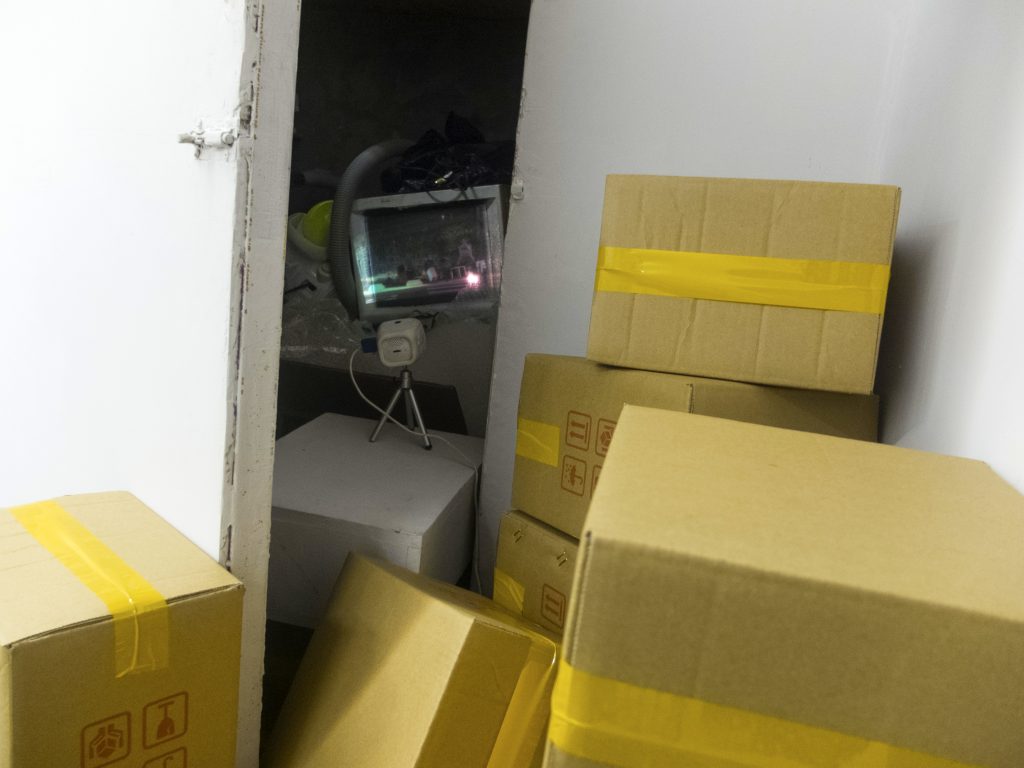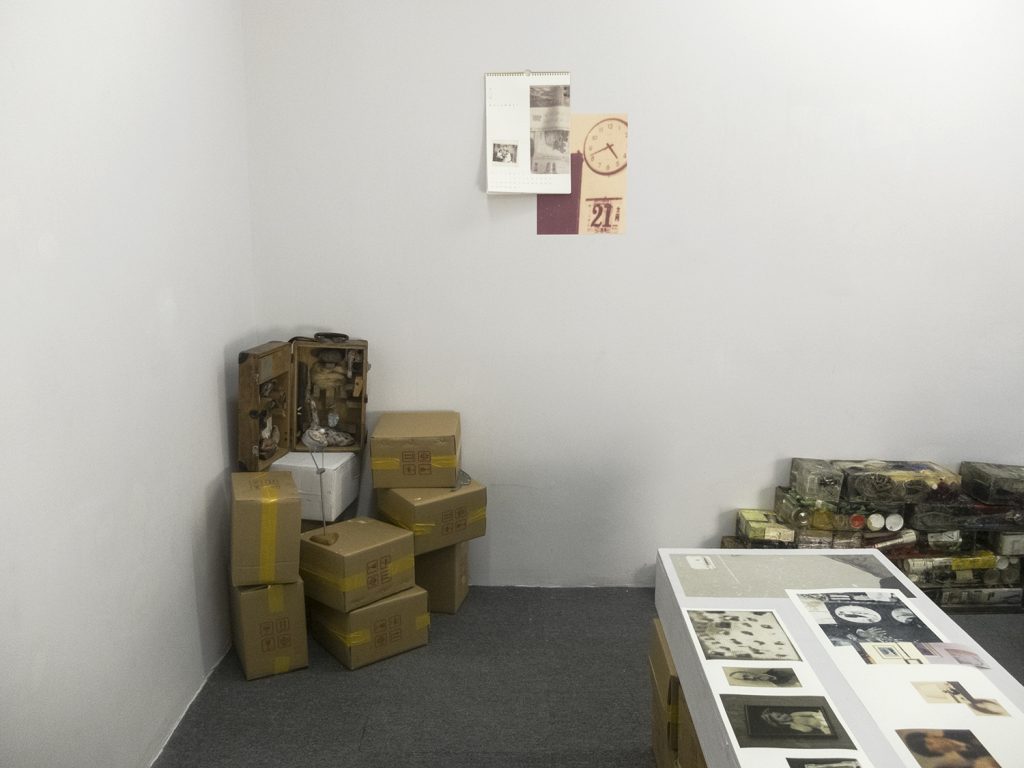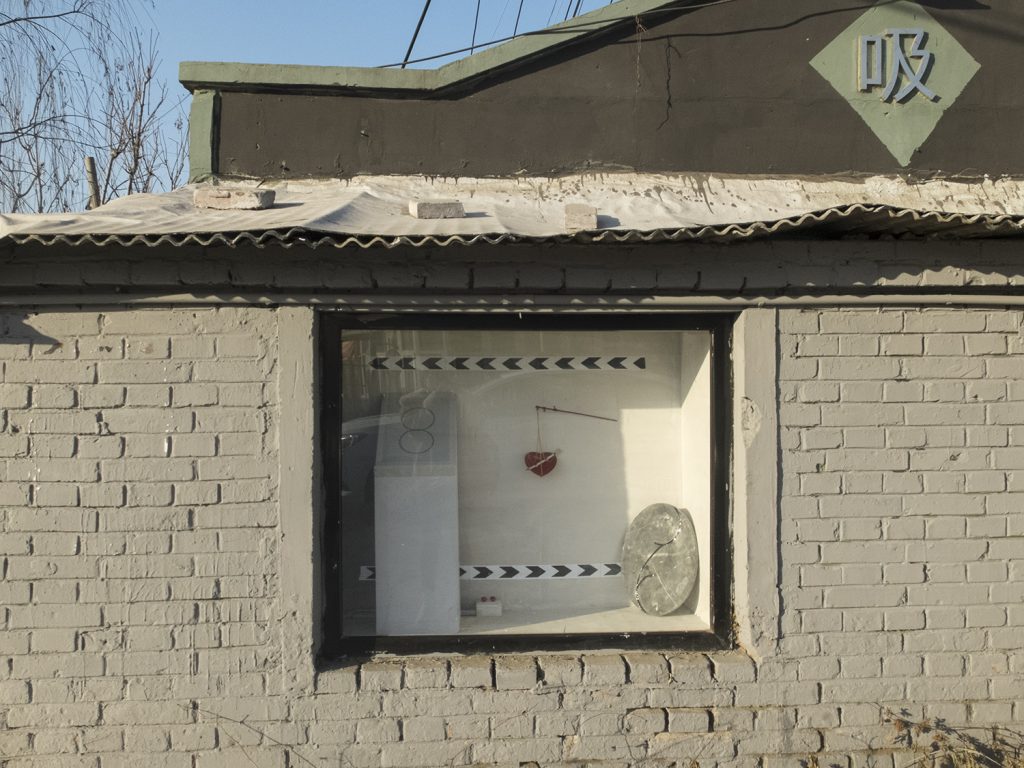Old New Stand
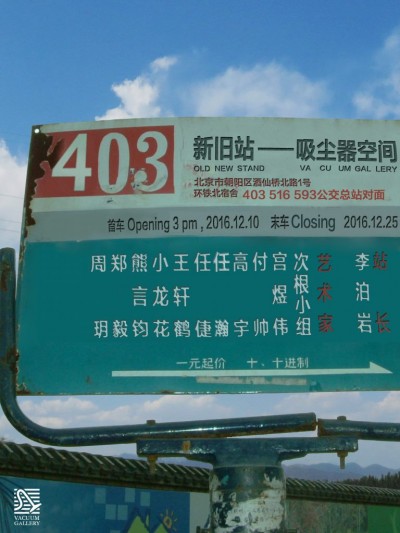
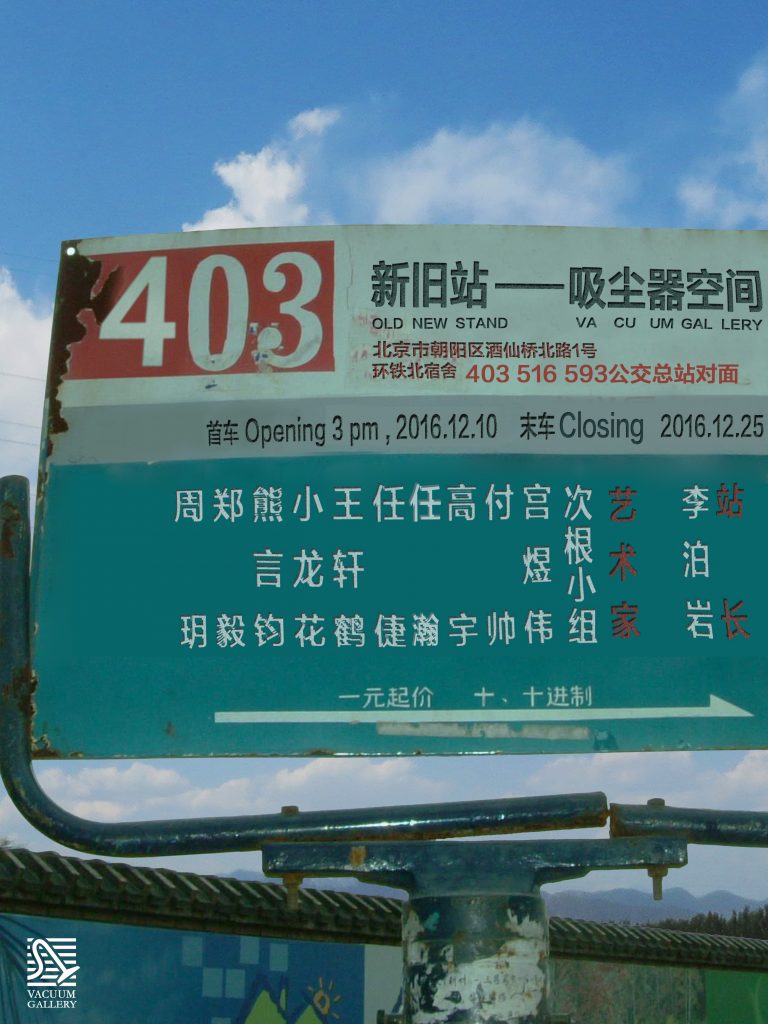
新旧站
Old New Stand
站长:李泊岩
发起人:周玥
艺术家:次根小组、宫煜伟、付帅、高宇、任瀚、任捷、王轩鹤、小龙花、熊言钧、郑毅、周玥
开幕:2016.12.10 3pm
时间:2016.12.10-2016.12.25
地址:北京市朝阳区酒仙桥北路1号,环铁北宿舍,吸尘器空间
Director of the Stand: Li boyan
Initiator:Zhou Yue
Artists: Ci Gen Group, Gong Yuwei, Fu Shuai, Gao Yu, Ren Han, Ren Jie, Wang Xuanhe, Xiaolonghua, Xiong Yanjun, Zheng Yi, and Zhou Yue
Opening Reception: December 12, 2016 at 3PM
Exhibition Duration: December 10 – 25, 2016
Location: Vacuum Gallery, North Dorm of Ring Rail Area, 1 Jiuxianqiao N Rd, Chaoyang Qu, Beijing
上联:新新旧旧拾来捡去一抽屉 下联:旧旧新新积少成多一屋子 横批:站着睡觉 A Chinese Couplet: The first line: The new and the old, picked up everywhere, fill a drawer up The second line: The old and the new, accumulated overtime, stuff a room full The heading: Sleep standing up
制造业的速度与日剧增,增到一定程度也就不太增了,通货膨胀不过是肥胖的人病倒了,还得减肥。这如同超大城市的扩张,总会散布星星点点的废墟,废弃物品也成为了城市的累赘,被视而不见地丢弃,又被城市地清洁系统清除、消化。在垃圾与文物之间,被个人保留地物品,也就是俗称“旧物”的东西,在时间的流沙中不时闪光。然而,由于商品更新过快,“喜新厌旧”成了正常地、不被批判地词汇。加之对于网络空间的开发越来越大,从而影响到大众对于“新的商品”与“旧的物品”的认知上。一方面,群体压力得以释放,获得商品的渠道多且容易,新旧物品更迭前所未有,“恋旧”的精神价值从过去的博物馆科学变成了个体温存的体现。另一方面,互联网导致的文化密集和膨胀,让大部分人对于经济全球化所带来的物质审美趋于雷同,新旧难分又成了认知上的难点。
如今,图像的廉价化所引发的图像消费时代,成为了互联网逻辑所建立起来的新的生命体验,“现成品图像”成为人类被动接受艺术的一种方式。它扰乱了人们对于原有亲临博物馆观看的感官认知,这更加不能与“现成品艺术”被赋予的情感相提并论。但是我们可以看到,艺术意欲给予这一过程一个新的重量:随着全球化过程的加剧,艺术品逐渐成为一种新形式,其背后作用于个人的关系,更多的从人与物的关系,变为人与人的关系。而这种关系的争议主要集中在是利用还是依赖上?
The speed of manufacturing industry increases rapidly day by day until it reaches certain point. Inflation is nothing more than the obese falling sick and need to lose weight. It is like the expansion of super city, with wasteland scattering around and abandoned products becoming the burden of the city. They were overlooked and discarded, and then cleared and digested by the city’s cleaning system. Among trash and cultural relics, those called Old Things, kept by individuals, flicker occasionally as time passes. Yet, because of the fast upgrading speed of commercial products, xi xin yan jiu (Chinese idiom 喜新厌旧, meaning being fond of the new and tired of the old) becomes something normal and accepted, instead of being criticized. With the development of the exploration of internet space, it affects the public’s understanding of new and old products. One the one hand, group pressure was released. There have been more ways and it has been much easier to get products. The replacement of the old by the new is unprecedented. The spiritual value of nostalgia has transformed into individual’s preservation from museum science in the past. On the other hand, internet has led to the concentration and inflation of culture. It homogenized the majority’s material aesthetic, brought by economic globalization. Unable to distinguish the new from the old becomes the difficulty in recognition.
Nowadays, with images more accessible and affordable, image consumption era has become a new living experience build up by internet logic. Ready-made Image is way of human beings passively accept art. It disturbs the sensory perception people used to have when they visited museums. It cannot compare to the emotion bestowed by Ready-made Art. Yet, what we could see is art trying to give this process new importance: with the development of globalization, art work gradually transforms into a new form, which works on individual’s relationship from the perspective of the relationship between humans, instead of humans and products. The controversy of the relationship focuses on whether it is to use it or depend on it.
